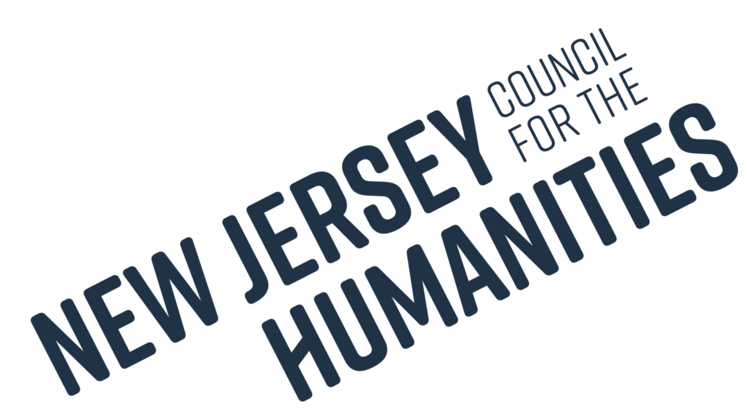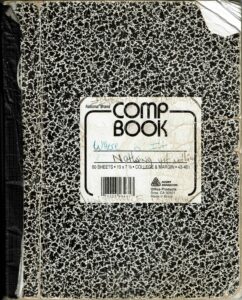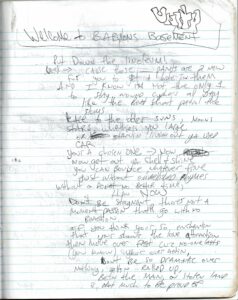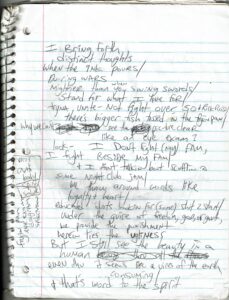Silent Knight
a Raíces Community History digital exhibit
by Jason Fraticelli

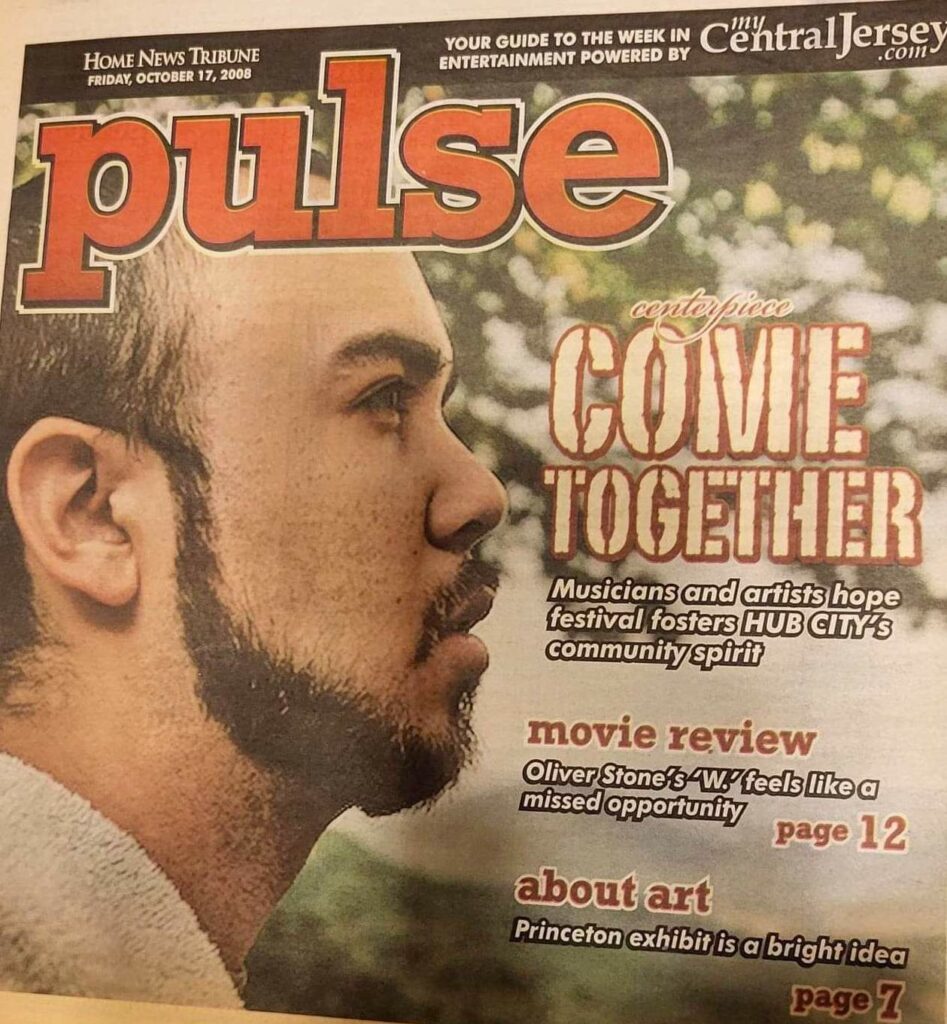
Editor’s Note: Jason Fraticelli, aka Silent Knight (SK), has been a member of the Central NJ music and arts community for decades and a friend and supporter of Raíces since our early days as an organization.
As a member of the Puerto Rican diasporic community, we asked him to join our 2022 Community History Project Panel to document his journey as an artist. For his project, SK compiled his own community collection for the Raíces Digital Archives and used the materials he gathered to create a Knightlab Timeline digital exhibit to preserve and share his story.
Explore the Timeline Below
Read
Watch
Levi's Commercial
In 2017, Silent Knight landed his first commercial, writing and recorded lyrics and vocals for a Levi’s commercial.
World News Now: The World News Polka
The very first Hip-Hop rendition of the 30+ year running tradition known as the World News Polka was produced by an in-house crew of SK, Toast of The Band Called FUSE, and Naryya.
Wu Tang:
An American Saga
SK’s music was featured in a show about (and produced by) his favorite group. Hulu’s Wu Tang: An American Saga. Season 2, episode 1.
Pop Culture Shock
Silent Knight’s video for the song “Pop Culture Shock”, created for the Loud.com rap battle contest.
Director: Court Dunn
Stayin' Busy
Video for “Stayin’ Busy” from the album Busy Is My Best Friend
Produced by: Audible Doctor
Director: Sylvio Sandino
My Peoples (Live)
The Band Called FUSE
Director: Steve Remote.
Filmed/recorded at Littlefield, Brooklyn.
Love & War (Live)
The Band Called FUSE
Director: Steve Remote.
Filmed/recorded at Littlefield, Brooklyn.
Listen
Explore More Raíces Digital Archive Resources
Project Support
Grant funding has been provided by
The Middlesex County Board of Chosen Freeholders
Through a grant provided by the New Jersey Historical Commission,
a Division of the Department of State

This project is made possible by a grant from the New Jersey Council for the Humanities, a state partner of the National Endowment for the Humanities. Any views, findings, conclusions, or recommendations expressed in this project do not necessarily represent those of the National Endowment for the Humanities or the New Jersey Council for the Humanities.
